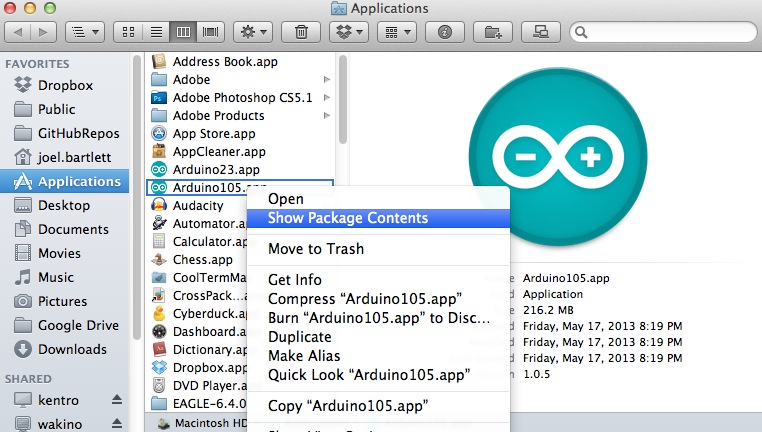

- #Installing arduino libraries how to#
- #Installing arduino libraries install#
- #Installing arduino libraries windows 10#
- #Installing arduino libraries code#
#include, are used when you want to include code from the broader libraries directory. In your main sketch, this location is indicated by the quote marks via the #include "Charlie.h" line. ino sketch file, not with your other libraries. cpp tabs are stored as separate files in the same folder as the. There are quite a few other tricks to getting a library to function correctly, and there are references that give more information on this on the GitHub page. Where this type of programming really shines is when there is a massive and/or reusable block of code. While the code does work, in this case it’s not much of an improvement, readability-wise. The results of “library-izing” the Charlieplexing code can be found here on GitHub. Code that you want to reuse can be copy/pasted into the. cpp files don’t necessarily have to have the same name, but it’s often a good idea for simplicity. These will become new files in the sketch directory once saved. Open an additional tab, and give it the same name, followed instead by. To get started, click on the down arrow to the upper-right on the Arduino IDE, and select New Tab, or use the keyboard shortcut Ctrl+Shift+N. For example, let’s say that you want to implement a library for the main function of the Charlieplexing routine below, discussed in a previous article : Once you’ve used other libraries, how do you make your own? For that matter, why would you want to? The short answer is to simplify your code, and to make certain segments easy to reuse. I’d suggest opening these files with Notepad++, as it takes a bit of wrangling to open them directly in the Arduino IDE. When you’re ready to make your own, or need to examine how a library works, poke around in your libraries directory as described above to see how things are structured. This can be especially useful if you need to make a new custom library for use in a specific project. A keywords.txt file can also be included to get the Arduino IDE to properly highlight certain words in the sketch.Īlternatively, libraries can be placed inside of the sketch folder itself. cpp files are often placed in a src subfolder. Optionally, a library can contain an examples sub-folder with example sketches, and the. cpp file, which contains the bulk of the library’s code. Place a new folder with the library files inside, which will include a.
#Installing arduino libraries windows 10#
For my Windows 10 installation, it’s at C:\Program Files (x86)\Arduino\libraries. To add a library manually, navigate to your Arduino library folder. Finally, you can add libraries manually, which is especially useful for non-standard libraries that may not be officially listed with Arduino. zip package, and add it with the Sketch > Include Library > Add.
#Installing arduino libraries install#
search for what you need and hit Install once found. If you need to use code that’s not already on your system but is listed in the Arduino Library Manager, go to Tools > Manage Libraries.
#Installing arduino libraries how to#
How to Install an Arduino LibraryĮasily install libraries through the Arduino Library Managerįor libraries that are included with the IDE, or previously installed, go to Sketch > Include Library > and the IDE will include it at the top of your sketch.

Note that this doesn’t actually save memory when compiled and sent to the Arduino it’s simply organized nicely for mere humans. ino sketch, but offloading things to a library can make code much easier to read. The same functionality can be programmed into your main. Ideally, you should never have to concern yourself with what’s going on inside. Libraries are most helpful with code that doesn’t change, as something of a “black box” into which values may be input to execute certain functions automatically.

An Arduino library normally includes functions and variables that can be called in the sketch, along with a special function known as a constructor that is used to create instances of a class defined within the library. What Is an Arduino Library?īeyond an include statement, a library is a collection of code that’s compiled with your main sketch, but isn’t explicitly written out there. In this article, we’ll examine what a library actually is, what’s going on behind the scenes, and introduce you to the world of making your own custom library for code simplification and reuse.


 0 kommentar(er)
0 kommentar(er)
